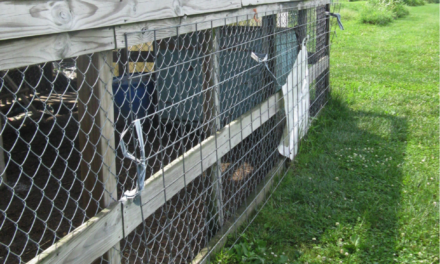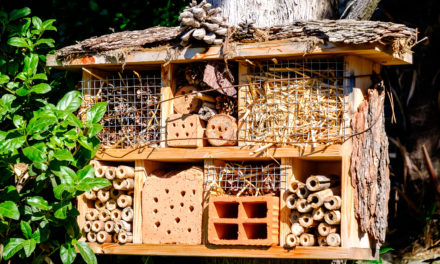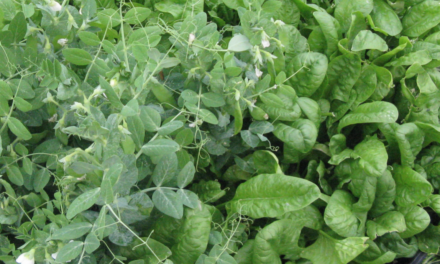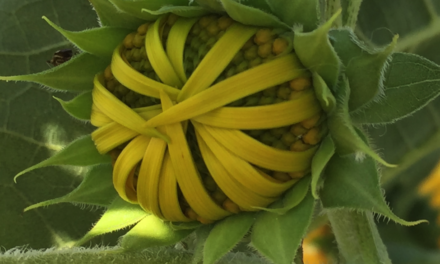Is weeding your favorite outdoor job to do on a humid summer day? Who are we kidding? I know some great gardeners who find weeding a great way to mediate as they work and I even have a wonderful friend who weeds her large garden on her hands and knees to achieve a pristine weed-free plot, but most of us hate weeding.

Now is the time, before the evil weeds take over your entire garden, to make some preemptive ground strikes. There are several highly effective ways to prevent weeds. You can spread a pre-emergent weed killer that is designed to stop weeds in their tracks. There are even organic products on the market. But the optimum word here is “Pre” (before) the weeds emerge.
I use an organic pre-eminent for cracks and crevices as Jim likes to lay stone borders for my garden areas. A granular weed killer would also help with an established asparagus bed where hoes and rakes may damage the fronds. If you have enough garden space, you can invest in a tiller and use it to deter weeds by tilling between the rows weekly.
Let’s focus on what can be done now to prevent weeds from overtaking our gardens in August. Covering the ground with some form of a barrier will work. It all depends on your soil type and what covering you are using.

For ground gardens, start as soon as you cultivate and plant to lay down a barrier. There are several types of mulching materials that work well. The idea behind mulch is blocking the weed seeds from seeing the light of day thus not allowing them to germinate. One common mistake most gardeners make when laying mulch is not using enough materials to block the sun completely.
I like to use grass clippings to mulch areas that I plan on multi-cropping like this area of cold crops. The grass clippings turn brown as they break down releasing nitrogen into the soil. The trick is to replenish the grass clippings as they decompose to keep the weeds at bay.

How do you lay mulch? Try not to do it on a windy a day. I find the most effective and cheapest way is to use a combination of old newspaper and recycled straw. The newspaper can be left to decompose, or you can remove it at the end of the growing season. It blocks the sun better than just mulch alone and helps conserve moisture. I save all the garden catalogs I get in the mail all winter to recycle under the mulch along with newspaper, pizza boxes, and cardboard. It works best to weed the little weeds before you lay down the newspaper and mulch. Newspaper and catalogs use vegetable based recyclable dyes, but I do not use the shiny ads and flyers for this use.

In my garden, I have used different mulches and techniques to show you how to prevent weeds. Grass clippings, then a bare area where I am hoeing the weeds off, barrier cover and wood chips, and recycled plastic cover and straw. I encourage you to experiment with different weeding solutions to find the one that works best for your needs.
Be blessed! Anne May






